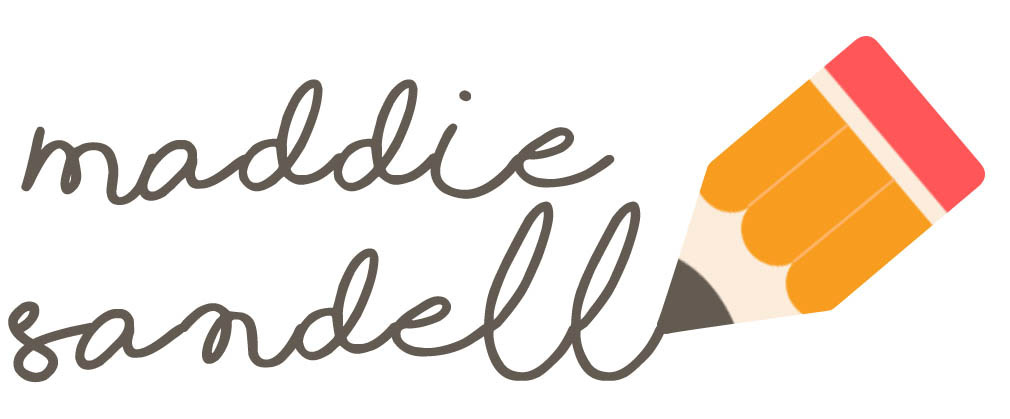Dear Writer,
If you’ve written a children’s book and dream of getting it traditionally published, you might wonder, "What now?"
It's time to craft a great query letter. This will be your opening pitch—your chance to introduce yourself and your manuscript to a literary agent who could help bring your story to a book store near you.
Here’s a simple guide to help you write a compelling query letter for a picture book:
✏️ The Basic Structure of a Query Letter
A good query letter is usually under one page and includes three main parts:
1. The Hook / Introduction
Start with a personalized greeting (use the agent’s name!) and a short sentence that gets their attention.
Mention why you’re querying them specifically. Did you read an interview where they said they love humorous picture books? Did they represent a title you admire?
Include your book’s title, word count, genre/age category (e.g., picture book, early reader, middle grade), and whether it's a standalone or part of a series.
Example:
Dear [Agent’s Name],
I’m reaching out because I admire your work representing character-driven picture books like [Title]. I’d love for you to consider my 500-word humorous picture book manuscript, The Great Gravy Spill, which will appeal to fans of Mo Willems and Jory John.
I’m reaching out because I admire your work representing character-driven picture books like [Title]. I’d love for you to consider my 500-word humorous picture book manuscript, The Great Gravy Spill, which will appeal to fans of Mo Willems and Jory John.
2. The Pitch (aka the Book Blurb)
This is the heart of your query—the summary of your book. Think of it like the back-cover copy: short, engaging, and capturing the voice of your story.
For picture books, 2–3 sentences is often enough.
Focus on the main character, their goal, what’s at stake, and the tone.
Avoid too much detail—just enough to make the agent want to read more.
Example:
When Max spills gravy on Grandma’s fancy rug, he tries everything to clean it up—vacuuming, bubble baths, even a flamethrower made of hairdryers. But the more Max tries to fix the mess, the bigger it grows. Can he find the courage to tell the truth before the gravy takes over the house?
3. Your Bio
This is your chance to share a little about yourself—briefly!
Mention relevant writing or illustration experience, publications, memberships (like SCBWI), or professional background.
If you’re a debut author with no credits, that’s okay! You can say something like: “This is my debut manuscript.”
Example:
I’m a member of SCBWI and a former preschool teacher with a passion for silly stories and strong kid voices. The Great Gravy Spill is my debut manuscript.
Optional Extras
You may include the titles of 1–2 other completed manuscripts if you’re querying a picture book (this shows you understand the market, since agents rarely sign authors for a single PB).
Some agents like a “comparables” sentence: books your manuscript is similar to.
Always check submission guidelines—some agents want the manuscript pasted below the query or attached.
✉️ Final Tips for Query Success
Do your research. Tailor each query to the agent. A little personalization goes a long way.
Be professional. Even if your book is funny, keep your tone polite and clear.
Proofread. Read your letter out loud or have someone else check it.
Don’t overthink it. It’s just a letter introducing you and your work—make it clean and confident.
📌 Sample Closing Line:
Thank you for your time and consideration. I’ve pasted the manuscript below per your submission guidelines and would be happy to send more work upon request.
Querying is an exciting (and sometimes nerve-wracking) step in your writing journey. But you’ve already done the hardest part—you wrote a book! Sending that book out into the world is an act of bravery and hope. Whether your first query lands you an agent or it takes time, you’re building something beautiful.
You’ve got this.
Happy querying,
-Maddie
